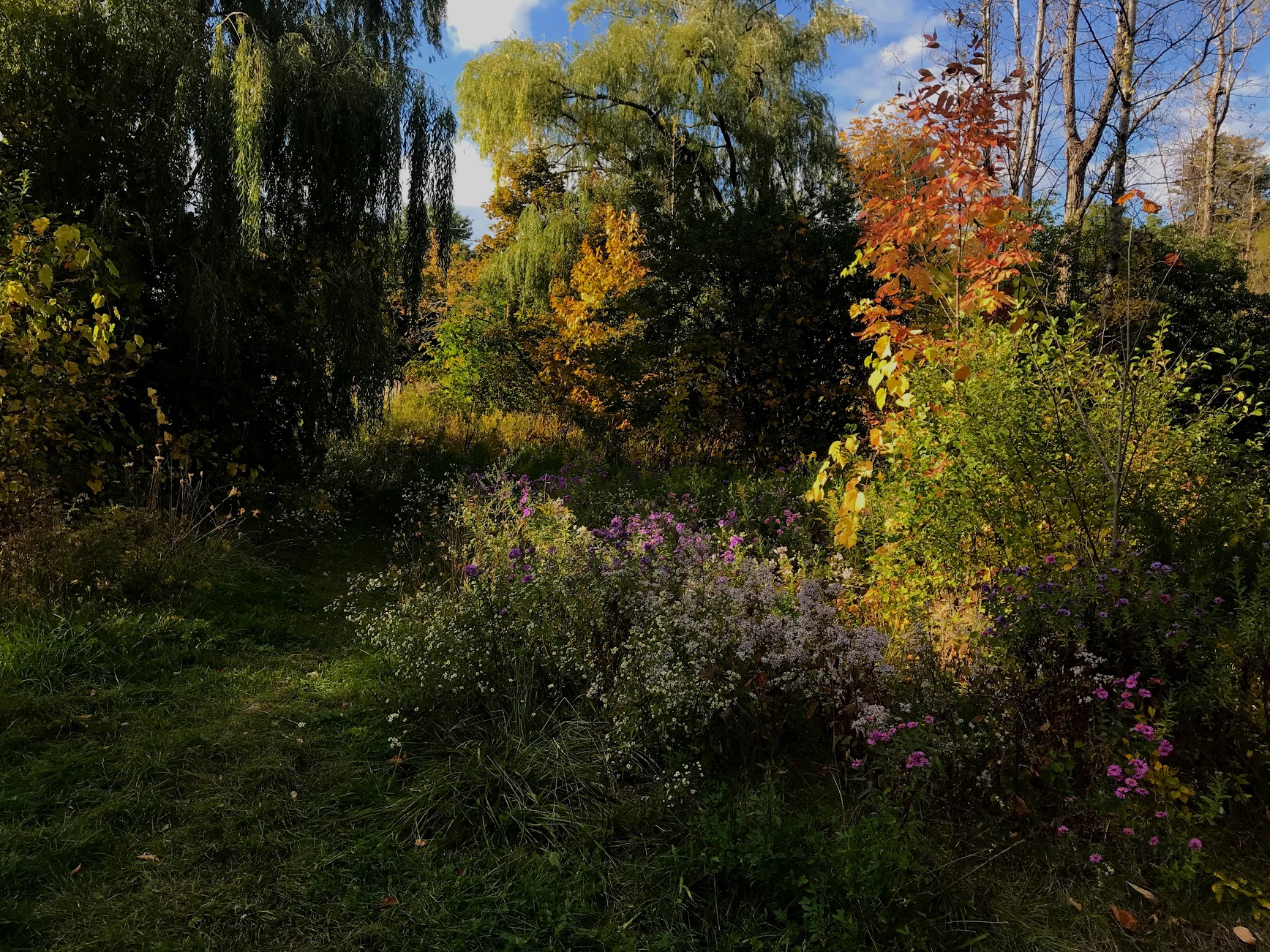
Redstone Quarry
Why I Chose Redstone Quarry:
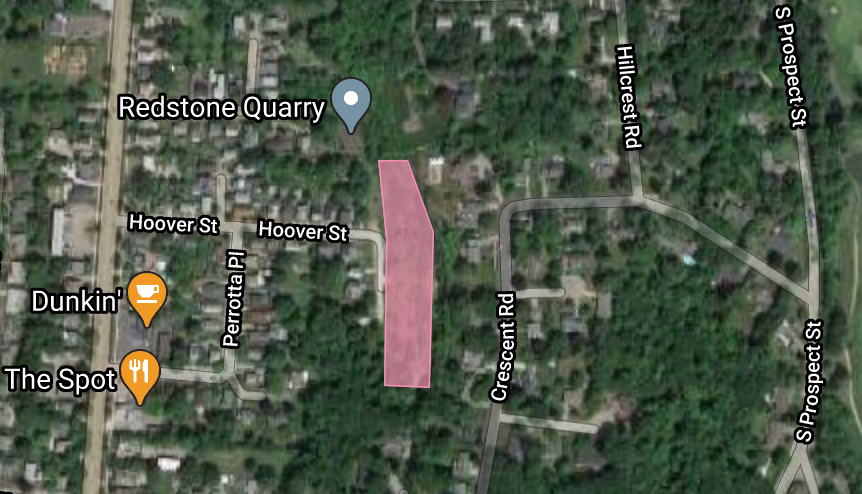
I chose Redstone Quarry as my location because it is a walkable location that I hadn’t known about before and that I can visit frequently throughout the rest of the semester. It has a plethora of different plant species, and even has a small marsh-like area that supports aquatic plant life. I enjoy going to this location because although it is close to campus and in a small neighborhood, it feels secluded and is a nice place to visit to destress.
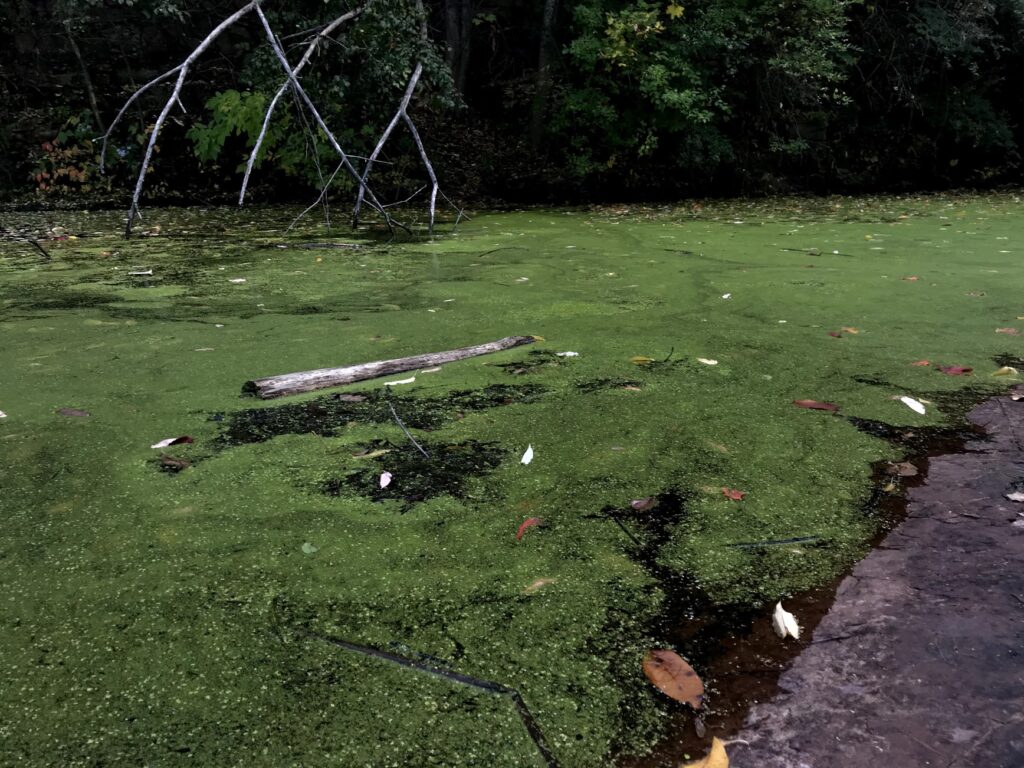
Vegetation:
There are many the tree species that we have previously focused on that inhabit the quarry, such as: Paper Birches, Sugar Maple, Eastern White Pine, Red and White Oak, Eastern Hemlock and Spruce. Other plants that I have noticed while exploring the quarries are Willow trees, New England Aster and White Heath Aster. Next to the small water source shown in the image to the right is a small wooded area that contains a lot of young trees, specifically Hemlocks and Sugar Maples, and small shrubs. There are also trees that grow along the water and have some branches that touch the surface, also seen in the image to the right.
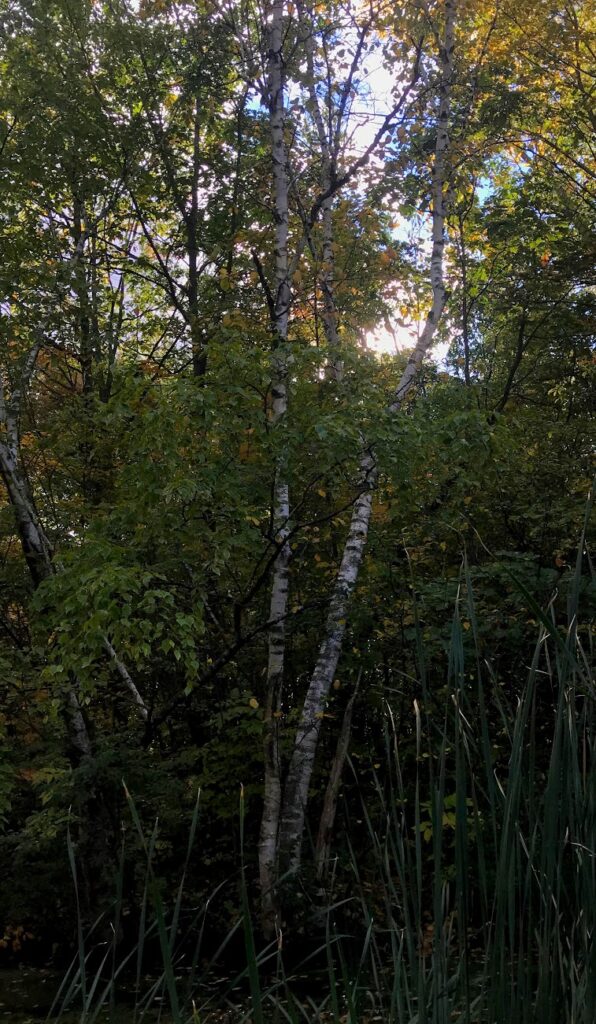
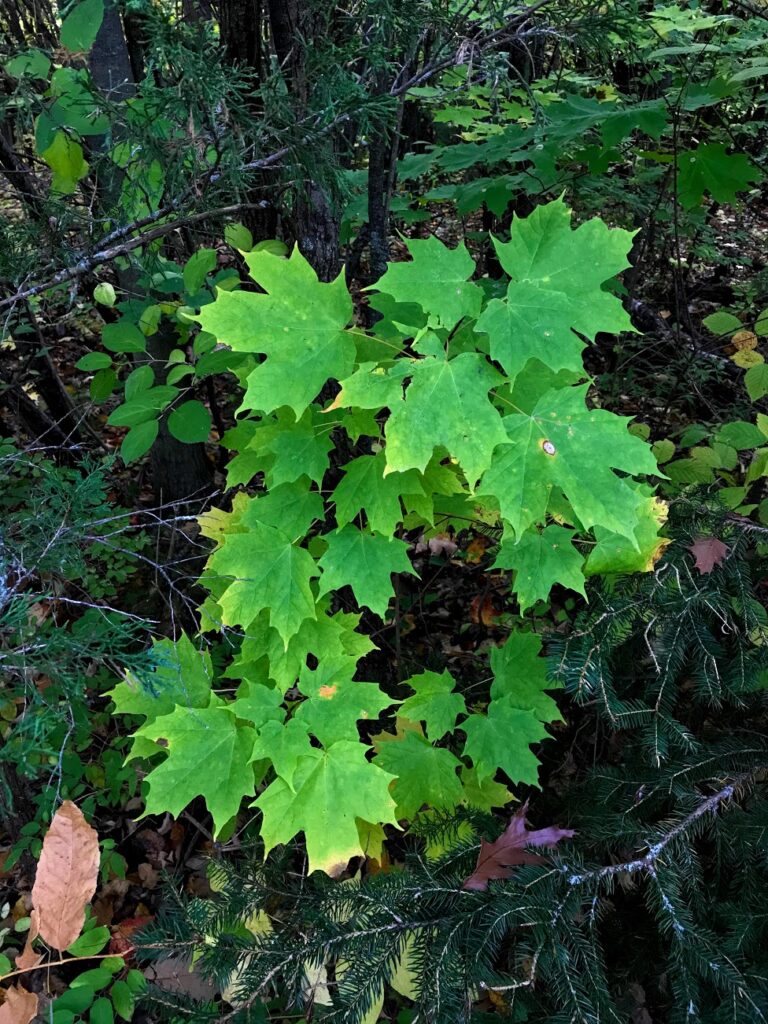
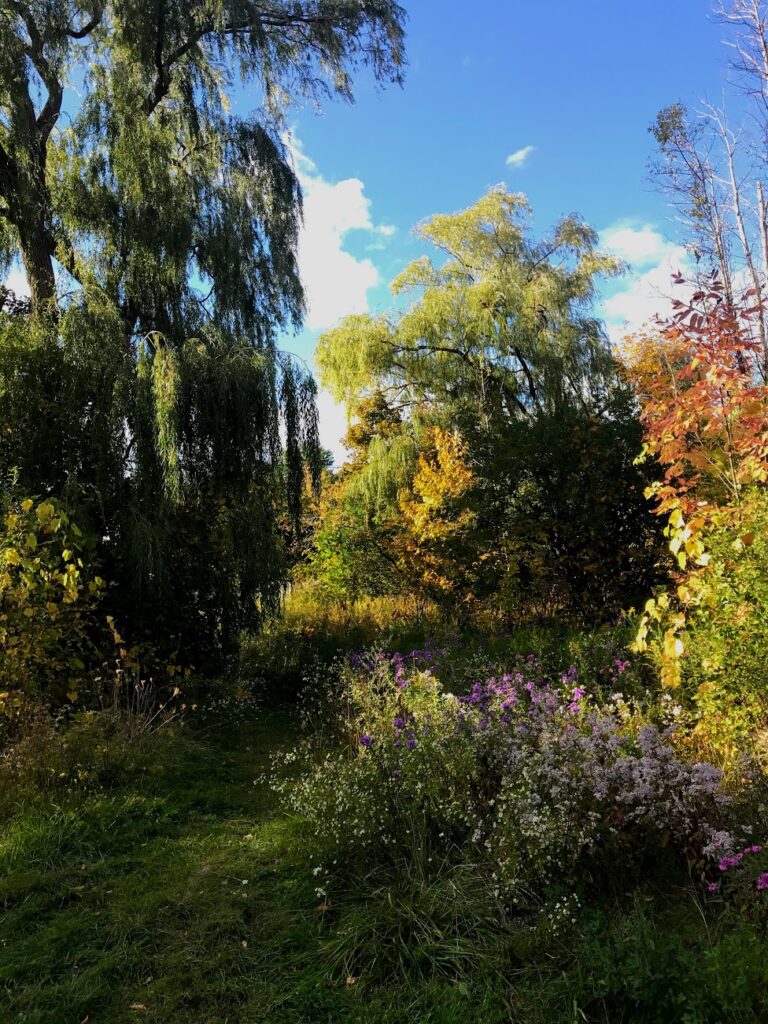
Most Common Woody Plants:
The most common woody plant species that I have come across at this location are Paper Birches, Eastern Hemlock, Sugar Maples and Red Oak. The Paper Birches and Red Oaks are especially abundant near the small water source and the Eastern Hemlock and Sugar Maple are more prevalent in the woods close to the edge of the quarry. While walking around the quarry, I noticed a lot of Red Oak leaves strewn near the water which helped me determine where they were located since it was hard to identify the trees by their leaves since they were so high up.